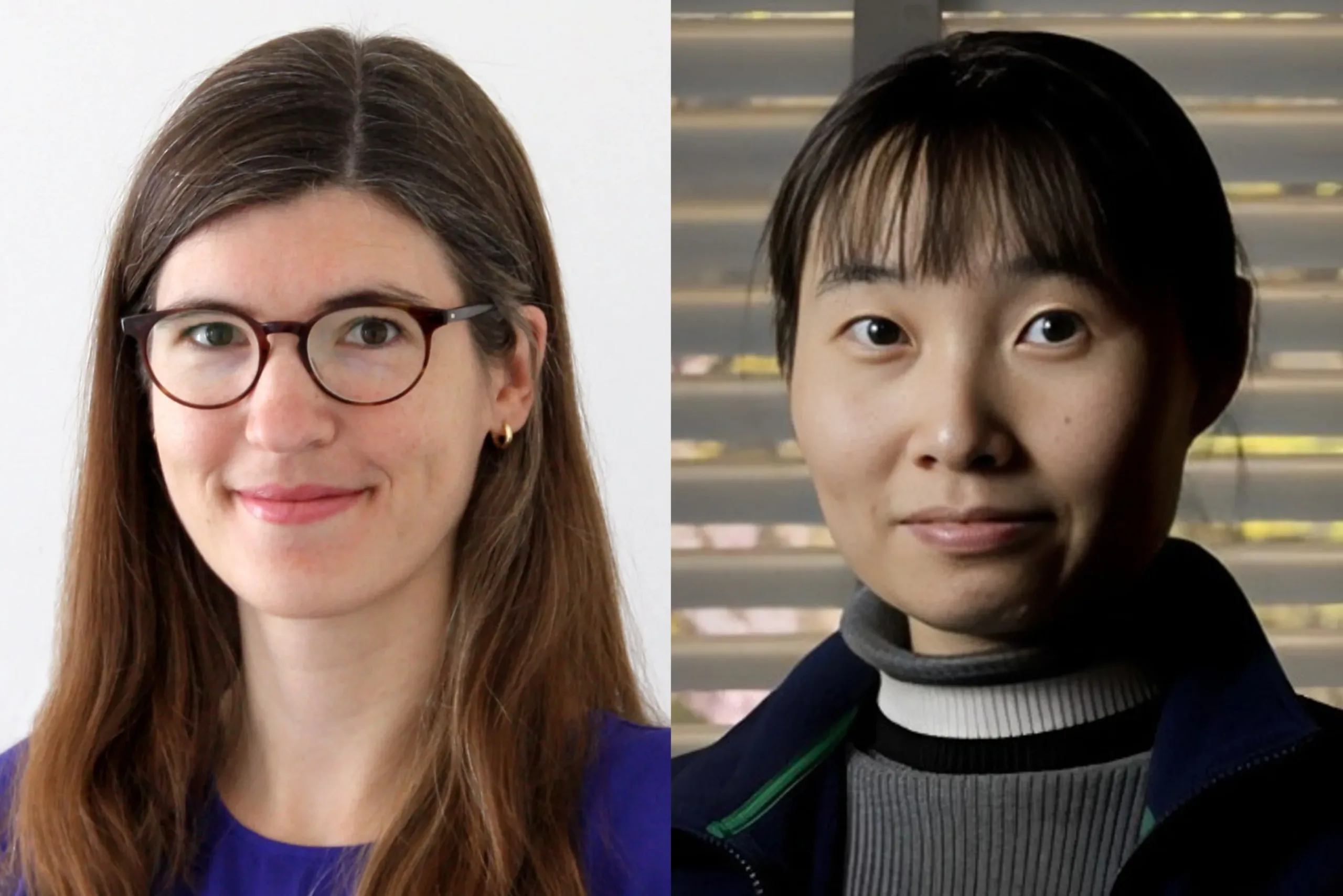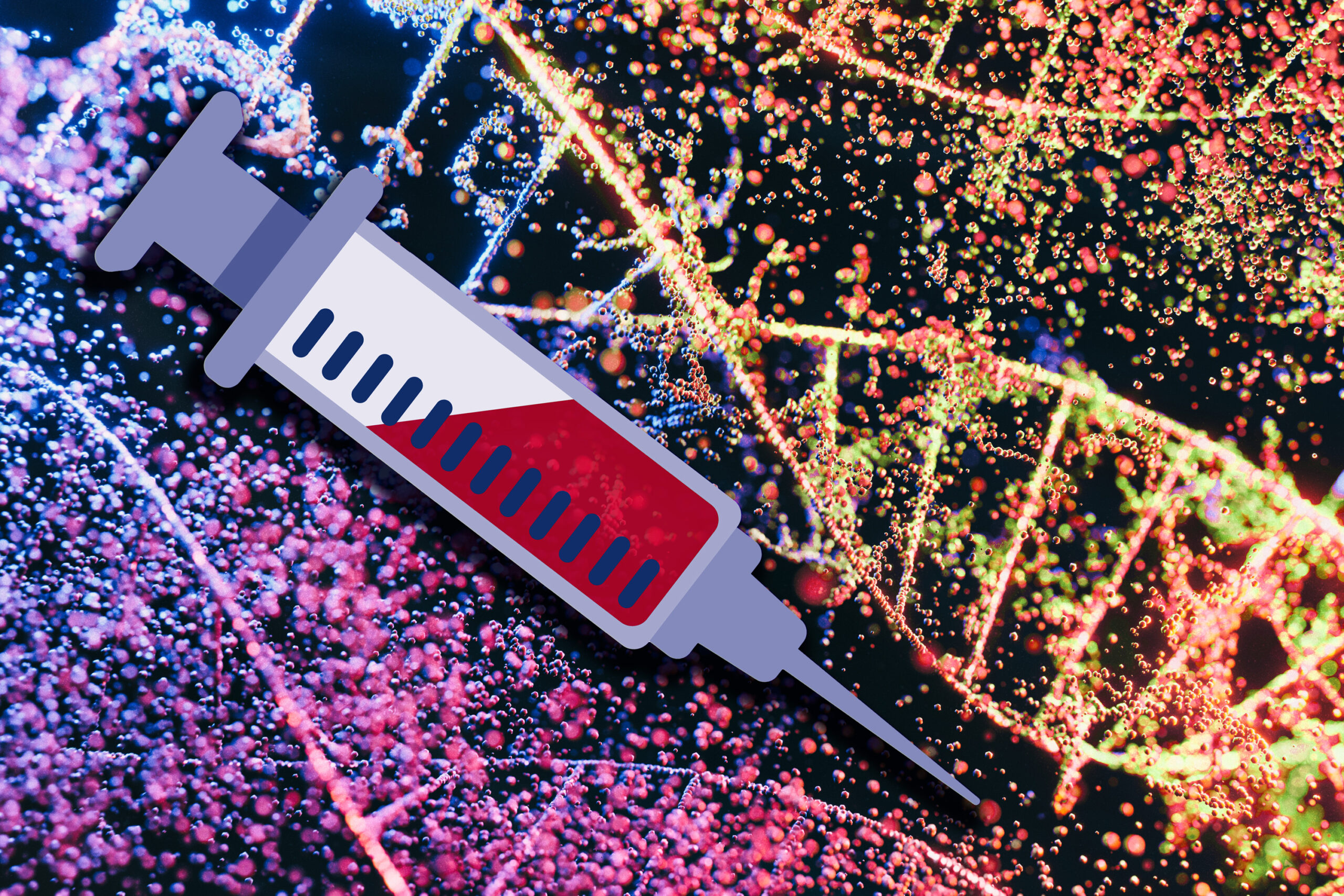Researchers at MIT have unveiled a groundbreaking technology that allows scientists to label proteins in millions of individual cells within fully intact 3D tissues with unparalleled speed, consistency, and flexibility. This innovative method enables large tissue samples to be accurately labeled in just one day. In their new study published in Nature Biotechnology, the team demonstrates how single-cell protein labeling can uncover insights that traditional methods often overlook.
Understanding protein expression within cells is essential in biology, neuroscience, and various related fields, as it reveals a cell’s functions and responses to external factors like diseases or treatments. Despite advances in microscopy and labeling techniques that have led to numerous discoveries, scientists have struggled to monitor protein expression in densely packed individual cells within intact, 3D tissues. Traditionally limited to thin tissue slices, researchers lacked the tools needed to explore cellular protein expression comprehensively.
“Investigating molecular content within cells typically involves dissociating tissues or slicing them into thin sections, since light and chemicals cannot penetrate deeply into tissues,” explains senior author Kwanghun Chung, an associate professor at MIT’s Picower Institute for Learning and Memory, along with roles in Chemical Engineering, Brain and Cognitive Sciences, and the Institute for Medical Engineering and Science. “Inconsistent processing of cells within tissues hinders quantitative comparison. Traditional protein labeling can take weeks, making uniform chemical treatment of organ-scale tissues slow and challenging.”
The new technique, known as “CuRVE,” represents a substantial advancement in uniformly processing large, dense tissues. The study elucidates how the researchers addressed various technical challenges through an application of CuRVE called “eFLASH.” They provide extensive examples of the technology in action, showcasing its potential to enhance neuroscience research.
“This marks a significant leap forward in terms of technology performance,” states co-lead author Dae Hee Yun, PhD ’24, a former MIT graduate student and now a senior application engineer at LifeCanvas Technologies, a startup co-founded by Chung. The other lead author is Young-Gyun Park, a former MIT postdoctoral fellow who is now an assistant professor at KAIST in South Korea.
Clever Chemistry Enhances Labeling
One of the key challenges in achieving uniform labeling of large 3D tissue samples is the disparity between how slowly antibodies penetrate tissues and how quickly they bind to their target proteins. This difference leads to robust labeling only at the surface, while deeper regions remain untouched.
To tackle this challenge, the team devised a strategy—central to the CuRVE concept—that continuously regulates antibody binding speed while accelerating their movement throughout the tissue. They employed sophisticated computational simulations to test various settings and conditions, analyzing factors like binding rates and tissue density.
Building on their previous work, the team utilized a method called “SWITCH,” which temporarily halts antibody binding to allow better permeation through the tissue. While effective, the researchers sought ways to refine this approach by maintaining constant control over binding speed without employing harsh chemicals. After thorough screening, they found that deoxycholic acid could effectively modulate antibody binding and tissue pH levels.
Furthermore, to enhance antibody mobility within tissues, the team employed another method called stochastic electrotransport, which accelerates antibody diffusion via electric fields.
By integrating this eFLASH system with adjustable binding speeds, the researchers achieved remarkable labeling outcomes. The study reports successful utilization of over 60 different antibodies to tag proteins across extensive tissue samples, all completed within an impressive time frame of one day—deemed “ultra-fast” for intact organs.
Valuable Visualizations Unveiled
In their investigations, the team compared eFLASH labeling against a common alternative method: genetically engineering cells to fluoresce upon expressing a specific protein gene. While the genetic method bypasses the need for antibody dispersion, it can lead to inaccuracies since gene transcription does not always equate to protein production. Yun emphasized that antibody labeling offers a reliable and immediate indication of protein presence, contrasting the genetic method, which might not persistently reflect true protein levels.
The researchers employed both labeling techniques in unison and uncovered significant differences in their results. For instance, they noted that two-thirds of neurons expressing PV (a protein found in certain inhibitory neurons) were detected through antibody labeling but showed no fluorescence through the genetic method. Conversely, only a small percentage of cells expressing the protein ChAT were identified through genetic labeling. These findings highlight discrepancies, underscoring the necessity of combining both approaches for a comprehensive understanding of protein expression.
Rather than diminish the value of genetic reporting methods, the researchers advocate for integrating organ-wide antibody labeling, like what eFLASH enables, to enrich data context. As Chung states, their discovery of variable PV-immunoreactive neuron loss in healthy adult mice accentuates the need for holistic, unbiased phenotyping.
In addition to Yun, Park, and Chung, the study includes contributions from Jae Hun Cho, Lee Kamentsky, Nicholas Evans, Nicholas DiNapoli, Katherine Xie, Seo Woo Choi, Alexandre Albanese, Yuxuan Tian, Chang Ho Sohn, Qiangge Zhang, Minyoung Kim, Justin Swaney, Webster Guan, Juhyuk Park, Gabi Drummond, Heejin Choi, Luzdary Ruelas, and Guoping Feng.
The research received funding from various sources, including the Burroughs Wellcome Fund, the Searle Scholars Program, Packard Award in Science and Engineering, NARSAD Young Investigator Award, McKnight Foundation, Freedom Together Foundation, The Picower Institute for Learning and Memory, NCSOFT Cultural Foundation, and the National Institutes of Health.
Photo credit & article inspired by: Massachusetts Institute of Technology



